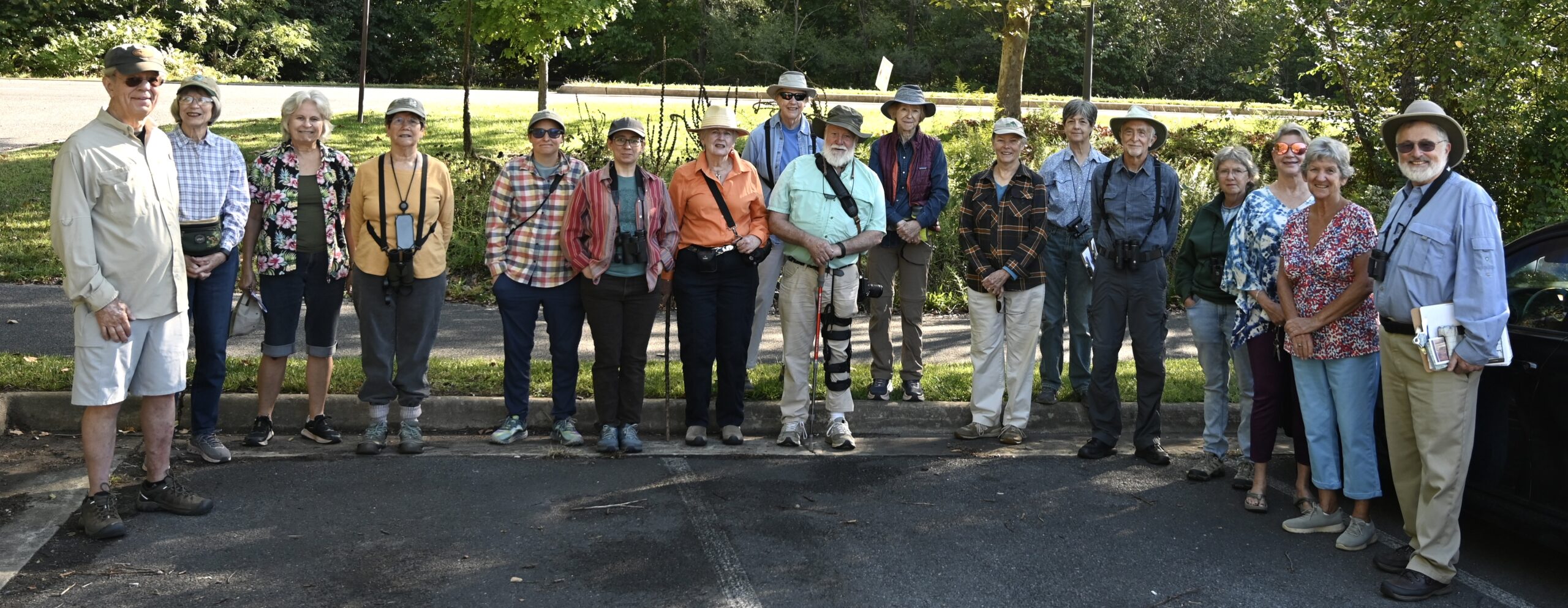
On a gorgeous September morning, a group of about 20 people joined TOW on a walk in the Abrams Creek Wetlands Preserve in the city of Winchester. Standing by the sign for the city’s first nature preserve on its 20th anniversary, leader Woody Bousquet described the green heron that became the icon for the preserve and showed brochures about the area. These include Northern Shenandoah – Naturally!, a project of Bousquet’s Environmental Studies class at Shenandoah University. The brochure describes many places that are not formal preserves, but are opportunities for experiencing nature in easily accessible places like Abrams Creek, where a paved and level trail allows easy walking or biking, and even strollers and wheelchairs.
The difference between wetlands and non-wetlands was described as the ‘sock test’. In a wetland, even when you can’t see standing water, the ground is moist and if you take off your shoes your socks will get wet. That this is wetland is confirmed by soils characteristic of constant moisture and by certain animals like snails that inhabit these lands. Wetlands are important for catching and cleansing stormwater during rain events. In addition, these wetlands preserve 20 plant species that are on the Virginia Natural Heritage program’s rare plant list. A few of these are only found in the state at Abrams Creek Wetlands Preserve.
Woody went on to show us the difference in a marsh and a swamp. Swamps are wetlands where trees grow, such as the areas of sycamore, cottonwood and others that border much of the preserve (they pass the sock test). Marshes are generally free of trees, and the vegetation is a mix of graminoids (grasses, sedges and rushes) and wildflowers. Today, with little opportunity for disturbance, sycamores are constantly invading these open marshes. In the past, grazing or fire might have kept them open. It is known that the preserve has been open for thousands of years because of the plants that are present and require that sort of open landscape. Furthermore, these marshes can be described as fens because they are nutrient rich marshes due to the limestone bedrock of the valley.
Other interesting things about the plants: some are northern plants that migrated here during the ice age and stayed because of the microclimate created by the cold springs in the preserve; others are prairie species that came in in the subsequent hot, dry period after the glacial retreat known as the hypsithermal. These plants have persisted here for thousands of years, so it’s great to know that they are protected today by a preserve with a good management plan.
If you get a chance to take a walk with a knowledgeable leader like Woody Bousquet you’ll learn a lot, but if you go on your own there is still a lot to see and learn. Many partners have helped to install informative signs about these and other topics along the trail, and an audio tour is available online or at the kiosks. To find out more, check the city’s website.

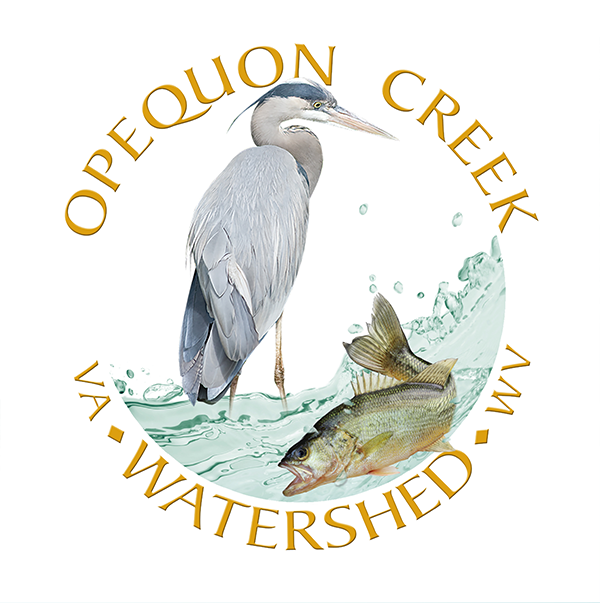

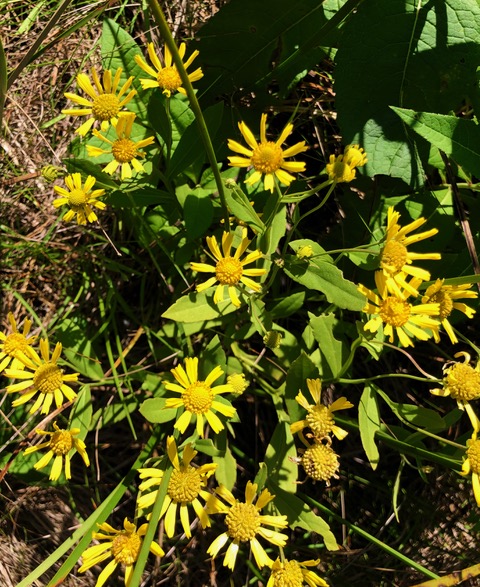
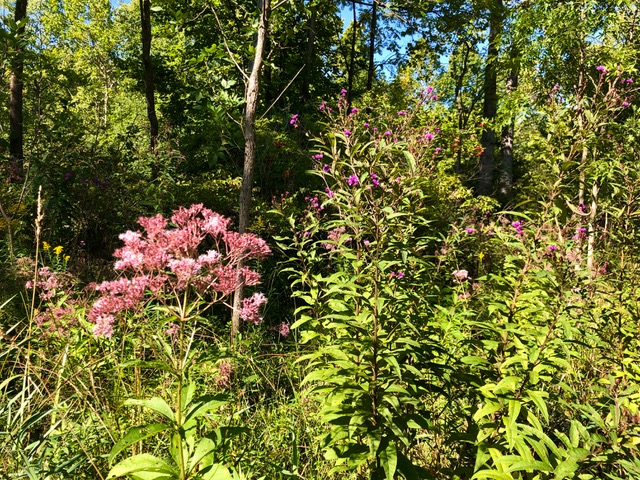
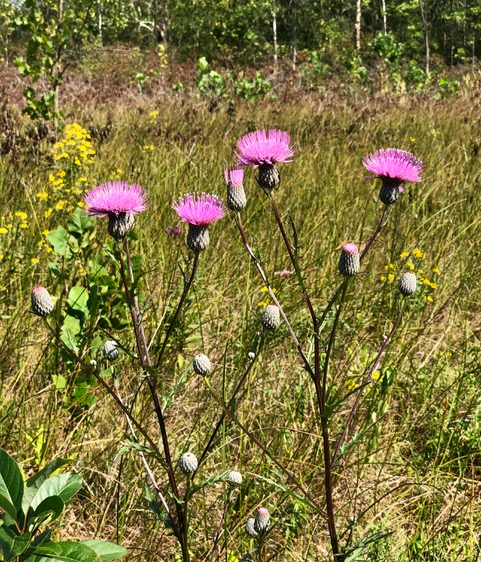
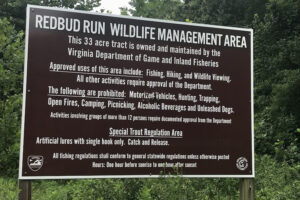
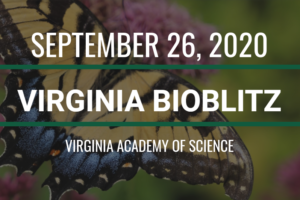
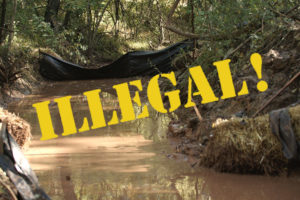
Leave a Reply
Your email is safe with us.